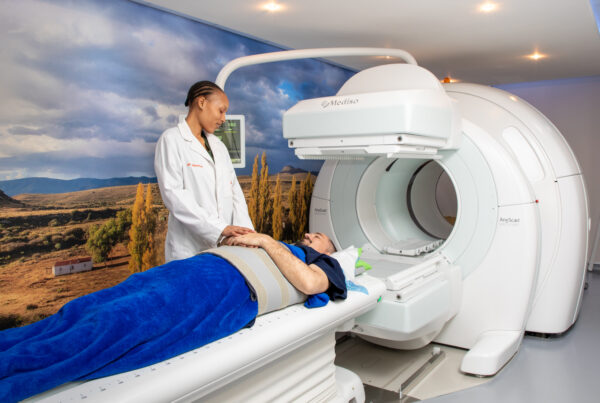Prof. Holly M. Brown-Borg, Ph.D., Department of Biomedical Sciences, School of Medicine & Health Sciences, University of North Dakota, joins a formidable line-up of speakers for the 2023 International Longevity Summit.
The International Longevity Summit provides relevant insights into the longevity subject, expert education, investment opportunities, excellent networking opportunities, and a great setting in an exclusive location. The two-full-day conference brings together the world’s top longevity Key Opinion Leaders (KOLs), Institutional and Private investors, Wealthy private investors, Families, Offices, and Funds.
Prof. Holly M. Brown-Borg Speaker Profile: Part 13

Prof. Holly M. Brown-Borg is focused on determining the pathways and mechanisms that hormones utilize. Her research may suggest potential therapeutic interventions that could lead to strategies to delay aging, treat aging-related disorders and extend life span in humans.
The somatotropic axis plays a significant role in aging and longevity. Mice with hereditary dwarfism (Ames dwarf, df/df) and growth hormone (GH) deficiency exhibit delayed aging, living 49-68% longer (males and females, respectively) than normal siblings and differences in their antioxidant defense capacity, mitochondrial function, metabolism, stress resistance, and DNA methylation patterns.
In contrast, mice with high plasma GH concentrations live half as long as normal, wild-type siblings and exhibit depressed antioxidative defense capacity and reduced stress resistance. The overall hypothesis is that reduced somatotropic signaling confers biological advantage (increased healthspan and delayed aging) to mammals with better enzymatic scavenging of toxic metabolic byproducts, less mitochondrial membrane leakage, and enhanced stress resistance.
Current studies are designed to understand further the relationship between cellular metabolism, hormones, mitochondrial activities,s and aging in various mouse strains of extended and shortened life spans. The epigenetic signature of long-living mice also differs from normal animals regarding DNA methylation patterns and the underlying mechanisms that promote methylation. We are investigating the interplay between hormone levels, methylation, and gene expression in terms of aging and age-related disease.
To find out more about the International Longevity Summit and how to register, click HERE.
For more links to content on the ILS program
Longevity has featured several posts on the International Longevity Summit. You can read more about the conference and speakers here.
References
Holly Brown-Borg | University of North Dakota (und.edu)



![women [longevity live]](https://longevitylive.com/wp-content/uploads/2020/01/photo-of-women-walking-down-the-street-1116984-100x100.jpg)










